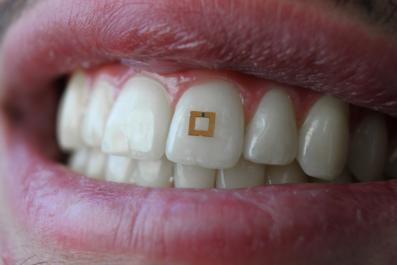It's nothing personal, cat people. But feline tumors aren't used nearly as often as those in dogs to study human cancer, Purdue University's Dr. Christopher Fulkerson says.
Cats tend to have a type of skin cancer in their heads and mouths that some researchers are using as a model for human head and neck cancers. But dogs seem to be diagnosed more frequently with tumors that overlap with human cancer, Fulkerson explains. "It's been a little bit easier to find diseases that really match up," he says. Basically, scientists could put a cat's tumor in a mouse used for human cancer research—but why would drug companies focused on human cancer want them?
Read more: These dogs may help find new cancer treatments
Feline tumors also many not be caught as frequently as canine tumors. Owners who permit their cats to roam freely outside also tend to take them to the veterinarian's office less often than dog owners take their pets. That means cats are less likely to be diagnosed with cancer, simply because it's less likely to be caught. So what dogs lack in unrestricted outdoors access they make up for in access to sophisticated cancer care. As a result, scientists looking to other mammalian tumors to better understand human cancer have more dog samples than cat samples.
Researchers, however, stress they are still trying to improve treatment for felines. "Cats may not get top billing for the comparative research," he says, "but there definitely are people out there that care about cats with cancer."



















